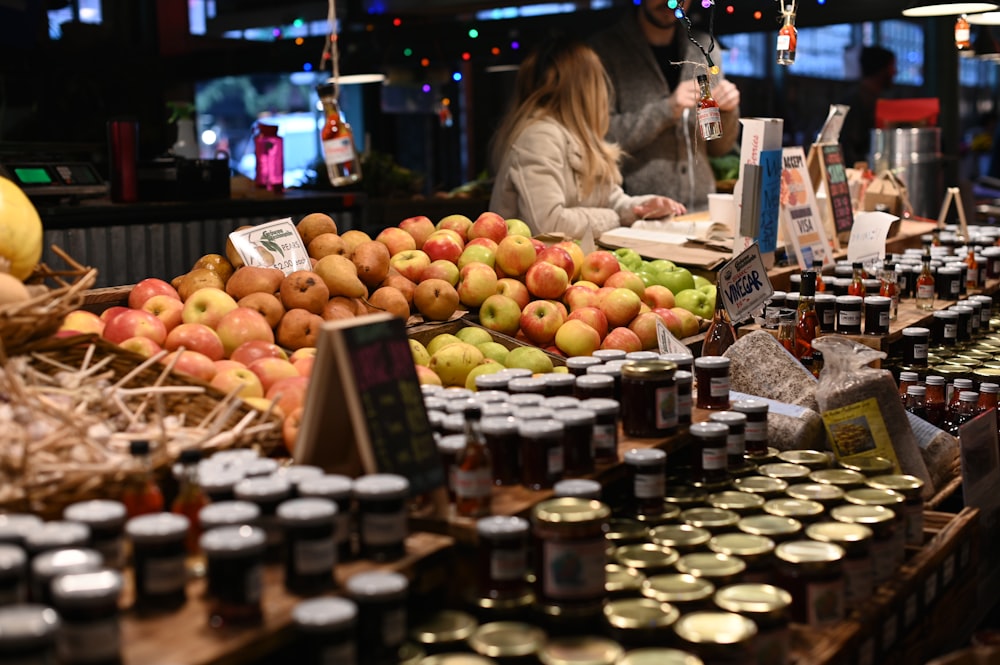

Price gouging has captured the attention of politicians, consumers, and economists. Business executives can use the discussion to assess their own policies for dealing with shortages and fluctuating costs.Some price gouging seems to be accepted by consumers, albeit with a little grumbling. Apples are cheapest right after the fall harvest, most expensive just before harvest. The price swing, calculated from details within the Consumer Price Index, averaged 26% over the last ten years.Parking becomes more expensive close to concert and sporting events, even from public agencies. The City of Portland, for example, more than doubles the parking meter charge for spaces near Providence Park on Timbers game days.Travelers know that Uber and Lyft have “surge pricing,” airline tickets cost more during spring break, and resort hotels price up in the high season.Economists note two effects of such price increases. First, the scarce items are sold to those who most value and can afford the items. A price-conscious consumer who is indifferent about the type of fruit eaten will buy bananas in May and apples in December. That spreads the scarce fruit to those who most value them—and can afford to pay.Price increases also bring more supply into the market. Near major stadiums, small businesses and even homeowners will offer parking spaces that normally are not available to the public. The increased supply serves more people and dampens the price increase.Yet most people seem to abhor unusual price increases, such as plywood price hikes near an approaching hurricane or water price increases during droughts. Economists will tell you that no matter how much they explain the benefits of price increases in time of shortage, they hear disgust from most people about the practice.The most important aspect of business strategy for shortage is whether the business is transactional or relationship. Transactional means it’s one-and-done; the business does not expect to see the customer again. A typical used car lot fits that category. On the other hand, a grocery store is most often relationship based, knowing that customers may come back week after week for years on end if they feel they are treated fairly.The transactional business should, from a profit-maximizing standpoint, charge what the market will bear. Those executives in transactional businesses who are concerned about the ethics of price gouging would do well to read the economists who support the practice—it’s actually quite beneficial to society.Relationship businesses, however, cannot afford to offend loyal customers. Restaurants face this issue with varying prices for produce, fish and meat. Business consultant Rudy Miick, in a video call, told me that today’s information systems would enable a restaurant to change prices daily to reflect actual costs. But, he said, that creates “trouble and problems and headaches, because we’re asking the culture to change.” The trend, though, is probably going toward more frequent price changes.Although it seems simple enough to forego the opportunity to reap excess profits, that leaves unsaid how scarce inventory will be allocated among customers. Simply accepting that some items will be out of stock can reward a company’s least profitable customers. They have enough time to clip coupons, track sales, drive to the store with a good price on one product, then to another store with low pricing on another product. But the most profitable customer is probably loyal, shopping at the store whether the desired product is on sale or not. Which customer gets the product that’s in short supply? Obviously, it’s the one who has time to check in on availability frequently.There may be some middle ground for businesses. Wine merchants, for example, have created special customer groups based on their regular spending. When a limited quantity of a particular wine comes in, it will first be offered only to members of the loyalty group. Similarly, some high end restaurants always keep a few tables available for regular clients.Dealing with stock-outs and wildly varying costs is a challenge for any business. Strategy should be set ahead of time, with an eye to protecting relationships when they are critical to the business, and maximizing profits when relationships are not important.More By This Author:Ignore The Hype: A Targeted Approach To Economic News For Executives
Financial Markets Have No Present Tense—Trades Are Gambles
The High-Leverage Activity CEOs Can’t Ignore: Time Management Strategy















